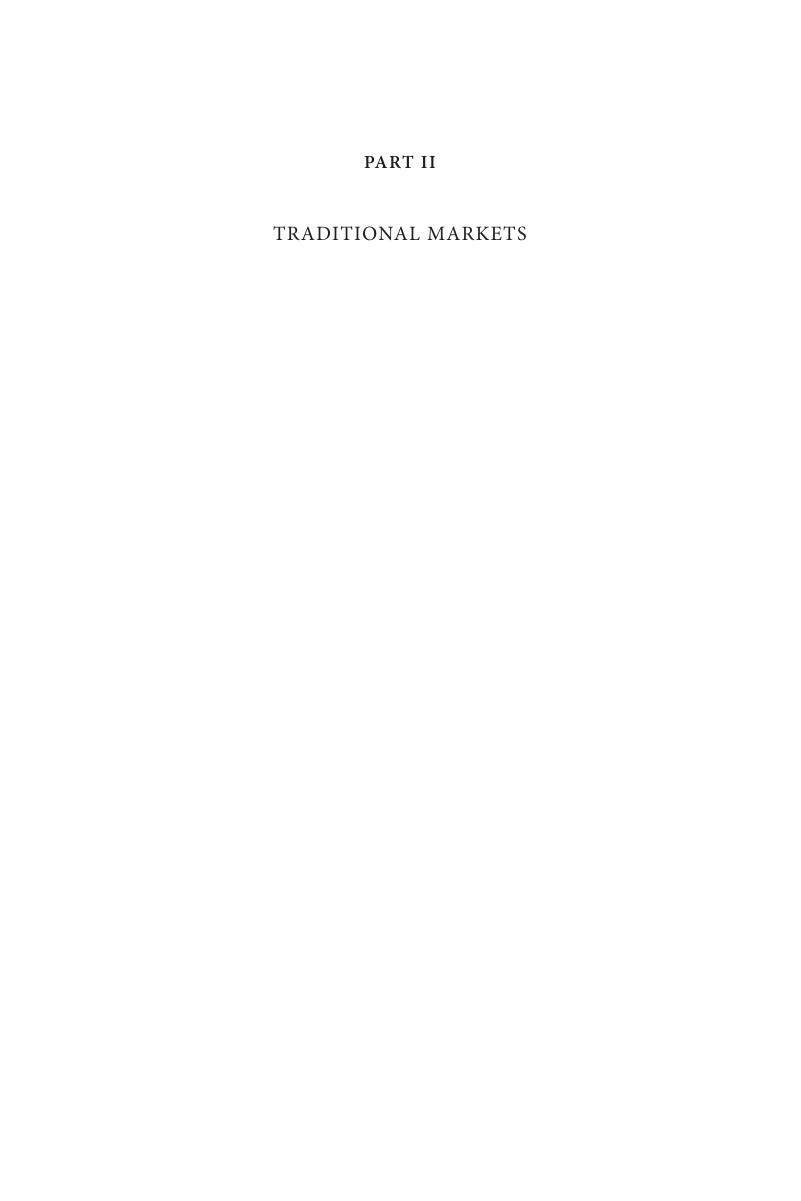Book contents
- Wine Globalization
- Wine Globalization
- Copyright page
- Contents
- Figures
- Tables
- Contributors
- Preface
- Abbreviations and Acronyms
- Technical Terms and Units
- Part I Overview
- Part II Traditional Markets
- Part III Newer Markets
- Part IV What’s Ahead
- Appendix The Global Wine Markets Database, 1835 to 2016
- Index
- References
Part II - Traditional Markets
Published online by Cambridge University Press: 02 February 2018
- Wine Globalization
- Wine Globalization
- Copyright page
- Contents
- Figures
- Tables
- Contributors
- Preface
- Abbreviations and Acronyms
- Technical Terms and Units
- Part I Overview
- Part II Traditional Markets
- Part III Newer Markets
- Part IV What’s Ahead
- Appendix The Global Wine Markets Database, 1835 to 2016
- Index
- References
Summary

Information
- Type
- Chapter
- Information
- Wine GlobalizationA New Comparative History, pp. 53 - 288Publisher: Cambridge University PressPrint publication year: 2018
